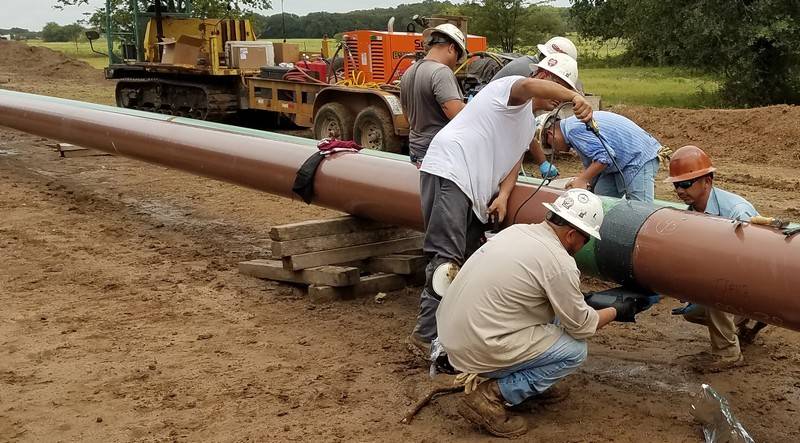Energy is one of the world’s most essential commodities. Even though today there are different sources of energy like solar, wind, and nuclear. For most countries, oil and gas remain as their number one source.

And because of the search for more oil and gas, companies have even begun producing oil and gas offshore. But, how do oil and gas companies operate offshore? Well, this article is here to answer that question.
Basics of Offshore Oil and Gas
The ocean has some of the largest reserves of oil and gas and, it takes a lot of innovation, ingenuity, and dedication to gain access to these riches.
Below are the steps companies take before you can use such commodities for everyday life.
Exploration
Before companies can harvest oil and gas offshore, they first need to be found. So they hire geophysical companies to conduct surveys in offshore areas. They do this by bouncing sound waves to the seafloor. Hydrophones spaced out in a series of cables will then detect and record the returning sounds which, will then be analyzed.
Companies follow strict measures when conducting these surveys so marine life will not be disturbed.
Drilling
Once they find a potential reserve, companies can start drilling extremely-regulated exploration wells using Mobile Offshore Drilling Units (MODUs). Below are four types of MODUs:
- Barge or Submersible MODU – Uses a resting barge with steel posts that extend from the barge deck to the seafloor to drill in depths of around 30 to 35 feet (9.1 to 10.7 meters). They’re best suited for calm waters.
- Jackup – Rig sitting on top of a floating barge. A ship will first drag the barge to the drilling site. Then, its legs will extend to the ocean floor and raise the platform above water level to avoid tidal motion. They can operate up to depths of 525 feet (160 meters).
- Drillships – Ship with a drilling rig on its top deck. They’re best suited for deepwater conditions. Propellers and anchors position the drill to make it stable.
- Semisubmersibles – A rig sitting on top of a platform which, uses submerged pontoons to float. Some have propulsion systems to move in the water. Others need a second vessel. Anchors maintain the structure’s orientation with the help of a computer which, controls the tension. Companies can convert them into production rigs.
Production
Once the company has found a commercially viable well, it will follow appropriate regulations and operations to switch from drilling to production next.
Today, there are different designs of production platforms for the different offshore environments.
To ensure design and production are up to standard, companies will often use digital twin technology. Because it can create a virtual representation of a physical object, companies can analyze the efficiency of a structure before the building has begun.
The use of a digital twin oil gas production help engineers in creating new designs and facilities and ensures that production is safe and efficient.
Offshore Pipelines
Pipelines are the ones that transport oil from the subsea wells to the platforms and finally to the coast, where it can be processed and distributed.
There are three types of offshore pipelines:
- Infield pipelines – Pipelines that carry oil, gas, and water together from the well to the manifold or the platform.
- Export pipeline – Pipelines that carry oil or gas from the platform to the coast. If it’s a mixture of gas and oil, it’s called a multiphase pipeline. If it’s only gas or only oil, it’s called a single-phase pipeline.
- Transmission pipelines – Pipelines that carry gas or oil from one coast to another, the same way a tanker does.
Offshore Ecosystem
You may say that production, drilling, and geophysical companies are the key players of the offshore ecosystem. But, there are engineering firms, computer and AI specialists, steel fabricators, marine and helicopter transportation industry, shipbuilders, and other professional services that work in the background also to ensure that offshore oil and gas production is working as safely and efficiently as possible.
Conclusion
It takes a lot of innovation, ingenuity, and dedication to operate offshore oil and gas companies. That is why understanding how they do it will let you appreciate just how much effort has to go for you to fill your car with gas. So if ever someone asks, be sure to share this article with them.

